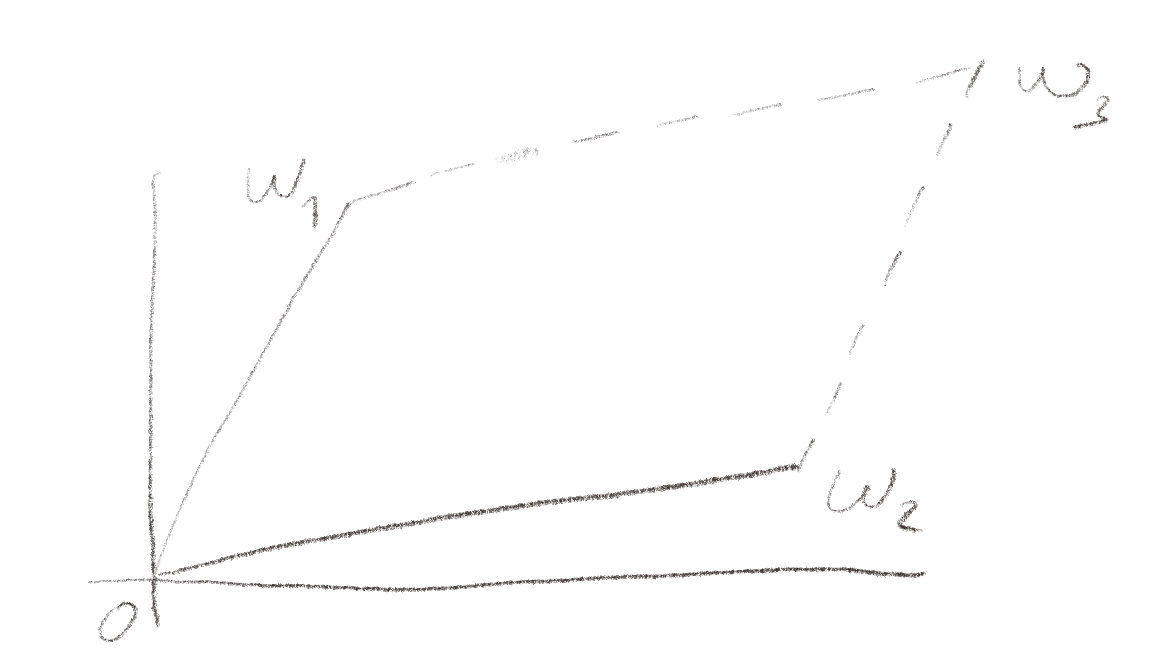Doubly periodic functions
This is somewhat a continuation of How (not) to get into isogenies. The reason for the word "not" in the title is that when working with isogeny-based cryptographic protocols, you typically don’t encounter the following theorems. However, they are of great importance and form the basis for complex multiplication. They are also necessary for understanding the background of the theta model in higher-dimensional elliptic curves.
Excursion into topology
As with complex analysis last time, I will now try to refresh my knowledge of topology and intuitively understand some basic results.
A compact subset of with its usual metric is closed and bounded.
The topology of is the same as that of so the above theorem holds for as well.
A function is continuous if the inverse image of every open subset of is open in
It might not seem so at first glance, but the above definition is a generalization of the notion that continuous functions are those without abrupt changes in value.
If function is continuous it maps compact sets to compact sets.
Doubly periodic functions and some of their properties
Let be complex numbers that are linearly independent over R. Then
is called a lattice.
The set
is called a fundamental parallelogram for

Note that is a torus—we can visualize it by taking a fundamental parallelogram and "gluing" the bottom to the top and the left to the right.
A doubly periodic function is meromorphic function such that
for all and all
If is a meromorphic functions and , we can write using a Laurent series:
The order and the residue of at are defined as follows:
In what follows, is a doubly periodic function for the lattice , and is a fundamental parallelogram for
I haven’t closely examined what a meromorphic function is, but I decided I can work with the following notion:
A meromorphic function is a function of the form , where and are entire functions (holomorphic on the whole complex plane) and is not identically zero.
I will be lazy once more and simply believe that meromorphic functions can only have a finite number of zeros and poles in a compact set.
Note that the closure of is a compact set. Thus, has only a finite number of zeros and poles in
If f has no poles, then f is constant
If has no poles, then it’s bounded in the closure of Because is doubly periodic, it maps to the same values inside and outside of so it’s bounded everywhere.
It follows from Liouville’s theorem that is constant.
Sum of residues
It holds:
First, it should be noted that the sum has only finitely many nonzero terms. This is because a nonzero term occurs only when there is a zero or a pole.
Let’s recall Cauchy’s theorem:
where is the boundary of
Note that Thus:
We can see that the four integrals cancel each other out.
Sum of orders
I can’t help but be surprised again. It seems strange that you can sum orders and get 0. Summing coefficients (residues) and obtaining 0 feels slightly more intuitive to me, though I'm not sure why. The order probably seems too related to how the poles and zeros behave individually; I have difficulty grasping why you could sum orders and arrive at such a significant formula. I suppose my intuition is just lacking, as I haven’t done much of this kind of math.
But it feels like it might have something to do with derivatives (I say this after having seen the proof).
We can write as
where is neither a zero or pole of
Now:
And:
We can see:
This is true because doesn’t have a pole at
Now, is also doubly periodic, and we know from the previous section that:
It holds , so we have proved the result.
Weighted sum of orders
If is not identically zero:
I am not going to fully dive into this one, but I can see:
The last step follows from observing:
So:
It appears that the proof can be finished quite easily if you know what a winding number is. Intuitively, it’s easy to understand the winding number—it’s the number of times that the curve passes (counterclockwise) around a point. However, I wanted to understand why it’s given by the following formula:
But I have decided to leave this for another time. I will try to continue toward isogenies now.
Surjectivity
If is not constant, then is surjective.
Let’s observe if there is a solution for
Remember from above that a non-constant function has poles. Now, is doubly periodic and has the same poles as
From
we know if there are poles, there are zeros too.
